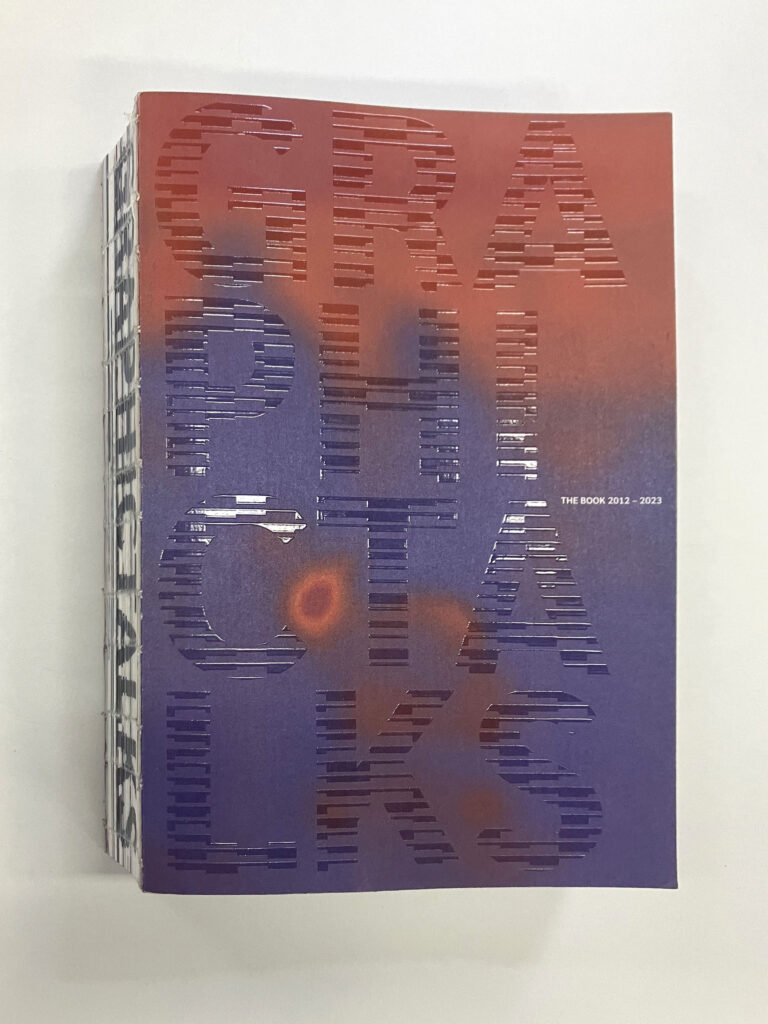Accademia di Belle Arti Firenze

The origins of the Accademia di Belle Arti in Florence go back to the first corporative organisations of the city’s guilds: the Compagnia di San Luca or Dei Pittori, founded in 1339, is indeed to be considered the first nucleus from which in 1563, under the protection of Cosimo I dei Medici, the Accademia del Disegno founded by Giorgio Vasari developed.
The great modernisation of this institution in the European sphere was at the behest of the Grand Duke of Tuscany, Pietro Leopoldo I of Lorraine, who in 1784 reorganised the Accademia, moving it to its current location in what had been the Ospedale di San Matteo and renaming it the Accademia di Belle Arti.
In the 20th century, the Academy was reformed at length by the Gentile Law of 1923, and saw the detachment of the Architecture department, which became a Faculty in its own right, in 1927.
Today, the Accademia di Belle Arti di Firenze is an Institution of Higher Education that has its roots in the humanistic tradition and develops in the contemporary world, in a continuous cycle of renewal.
Attended today by almost 2,000 students from all over the world, it is structured in three-year and two-year specialised courses that cover the whole range of subjects related to current creativity, from design to the most innovative technologies.
The Academy is increasingly open to the city and the territory with student exhibitions, reviews, performance events and conferences.
The great modernisation of this institution in the European sphere was at the behest of the Grand Duke of Tuscany, Pietro Leopoldo I of Lorraine, who in 1784 reorganised the Accademia, moving it to its current location in what had been the Ospedale di San Matteo and renaming it the Accademia di Belle Arti.
In the 20th century, the Academy was reformed at length by the Gentile Law of 1923, and saw the detachment of the Architecture department, which became a Faculty in its own right, in 1927.
Today, the Accademia di Belle Arti di Firenze is an Institution of Higher Education that has its roots in the humanistic tradition and develops in the contemporary world, in a continuous cycle of renewal.
Attended today by almost 2,000 students from all over the world, it is structured in three-year and two-year specialised courses that cover the whole range of subjects related to current creativity, from design to the most innovative technologies.
The Academy is increasingly open to the city and the territory with student exhibitions, reviews, performance events and conferences.
PROJECTS
STUDENTS
Marta Guidotti, Elisa Matteucci, Dania Menafra, Elia Guerrini Guadagni, Charlotte Landini, Alessio Pergolesi, Elisa Scarnicchia, Luca Terzo, Antonio Turrisi.
TUTORS
Maurizio Di Lella, Paolo Parisi


